by Carroll
Pursell
Chapter 6
War in the Age of Intelligent Machines
pages 144-167.
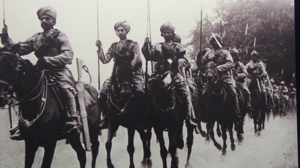
Indian Gurka cavalry rides in formation 1914, called up by Britain to fight in Belgium for the Allies: Great Britain and France.
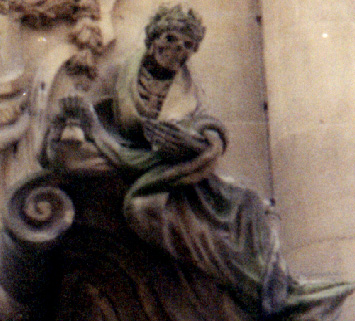 There are
ten pictures in this chapter select two that you think convey best the changes
in warfare characterized by the statement he makes on p. 146, when he says:
There are
ten pictures in this chapter select two that you think convey best the changes
in warfare characterized by the statement he makes on p. 146, when he says:
“First the mechanization,
and the automation of the means of killing in our time, however, have destabilized
those ancient practices and rituals we call war, a transformation that has
placed us all in great peril."
"Death that great
harvester of lives is depicted holding a weapon, a scythe which is also a
tool. The Art of War is a vastly older term than 'military science.”
145

Medieval triad:
• introduction of
the stirrup “allowed warriors on horseback to engage in what we call shock
combat...”
• cross bow and long
bow made the difference at the Battle of Agincourt in the 100 Years War (Anglo-French
warfare)
• the plow perfected
fro Northern European clay soils, at the time, allowed for surplus and better
fed or rationed armies.
"Artillery too, especially
after the fifteenth century, changed the
form of war.”
1. Further specialization
of craft and parts
2. Fort redesign (Castillo De San Marcos in St Augustine, I.e.)
3. Gave birth to “engineers” as a profession
The seventeenth century,
along with the cannon, introduction of the fixed bayonet established a new paradigm
of warfare. (See Pace on the importance of "drill")
A new model produced
“European hegemony over most of the world , or at least its maritime fringe,
was ensured.”
146
armies of interchangeable
parts (soldiers) were delivered overseas by vast navies of gunships guided by
compasses
“The British Royal
Navy ...anticipated the regimen of the coming Industrial Revolution”
148
“industrialized warfare”
by 1871 the belief in super weapons based on electricity or particle beams were
introduced into fiction as a means to end all wars.
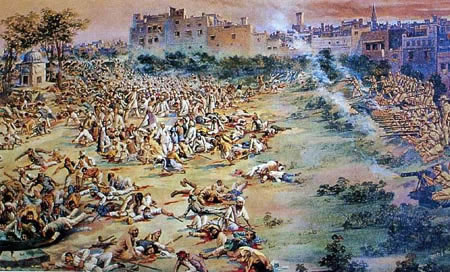
As late as 1850,
in the Spew Mutiny in India, guns dominated the field here in what was called
the Amritsar Massacre of East Indian by English gunners.
149
unreal ism gave way to realism
by Nicole Tesla in 1900 who observed “every new arm that is invented, every
new departure that is made... Only gives a fresh impetus to further development”
150
MAD -- a military acronym for Mutually
Assured Destruction
“surely war was now
unthinkable.”
August 1914, modern technological
warfare was not unthinkable; it was only not much thought about.”
“how little the
military elite was prepared for them” (changes due to industrial warfare:
• railroads
• telegraph
• mortars and large ballistic, long-distance cannons
• Battling or machine guns
• poison gas
• tanks
• zeppelins
• air planes
• automobiles & motor bikes
• radio, Marconi's "wireless"
“the British high
command was unprepared for the result.”
150
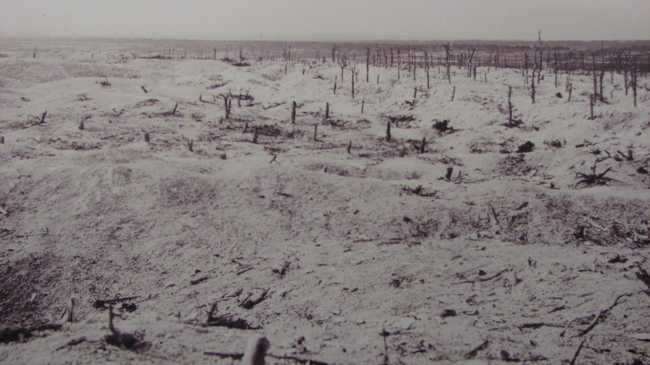
Many a war destroyed the supremacy
of hereditary classes, but never to the extent of World War One.
- • Renaissance Wars of the Roses: England
- • Hundred Years War: France and England
- • 30 Years War: Germany, France, Austria & Sweden
- • World War One or the “Great War.”
“if death could be
mass produced by unskilled labor, if the skills of war could be replaced by
machines, then soldiering was a job like any other and officers were mere mangers
in the factories of death.”
152
“the rites of war
made men.”
“Masculinity survived the machine gun”
152
“clings to the faith
that men should fly machines.”
153
“It was not until
the Second World War,..., That a concerted attempt was made...to create ‘an
electronic environment for war.’”
War in the Atomic Age
The move to "an electronic environment
for war."
- radar
- radio
- sonar
- electronic sensor devices
- computer
- lasers
153
war is the greatest stimulus
for technological change
Computer as a case in point
analog computers.
Used in 1930s were used in the war to compute ballistics -- bombing runs and
analysis of target damages -- and to break the German codes
W.W.I the chemist’s war
W.W.II the physicist’s war
“By the mid-1960s
the combination of operations research and progressively more powerful computers
was beginning to change the way in which the military carried on its business.”
154
“the new rationality”
in procurement and operations
155
“all war phenomenon
had to be reduced to quantitative form.”
“Environmental warfare
devices”
defoliants -- agent orange
cloud seeding
napalm
“automated battlefield”
• electronic sensors
• RPV - remotely piloted vehicles
• laser weapons
156
“The automated battlefield
began in 1966 with Robert McNamara’s wall at the demilitarized zone in
Vietnam.”
“think coordinate and control.”
“The ‘smart’ bomb was developed in 1966, as a cheap strap-on
kit,
157
the 1973 Middle
East war was the next testing ground for ‘smart weapons’
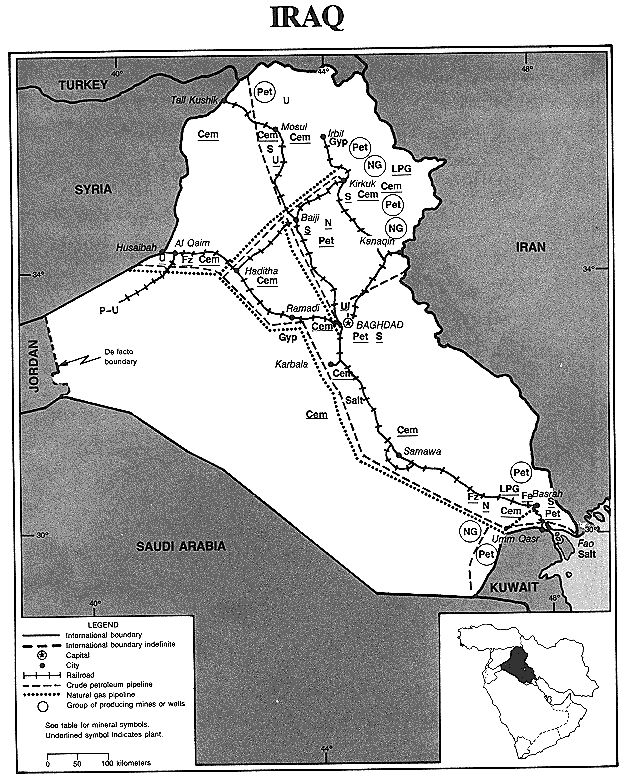
Iraq is where Arabs, Persians, Turks, Jews and Kurds all meet in a border state.
Due to Soviet missiles used by Arab states, Israel lost 15% of its airforce
and 25% of its tanks (500 tanks)
1982 in the Falkland’s war a French exocet missile was able to sink a British
destroyer. (Costing $40 million)
Size and power (at a huge expense) was neutralized by a relatively cheap, small
and portable weaponry ($200,000)
158
The Falklands dramatically
confirmed the power of the new technology, used ...against .. The most expensive
weapons platforms of all.”
159
the downside of ‘smart
bombs’
Patriot ground to air missiles
were not capable of stopping scud missiles as the TV reporters suggested during
the 1991 Gulf War
160
half the cost of aircraft
today is in the electronic components
1972 was the first fly-by-wire aircraft -- F-4 “computer controlled”
aircraft
The stealth bomber F-117
is a fly-by-wire aircraft -“computer controlled” aircraft and radar
detection is minimized by the design and materials used on the surface.
161
“The
dream, or nightmare, of war by robots is an old one” Tesla c. 1900
162
“As we move toward
an era of cyborg soldiers, not easily categorized as either persons or machines,
we approach also the ancient ideal of the soldier: a ruthless, fearless and
efficient killing machine.?
“instill machine values and functions in soldiers”
“Instead, television brought in stunning scenes of success by the seven
percent of bombs that were ’smart’ and rarely brought to us the scenes
of civilian and military carnage.”
“appeared for all the world like a video game, with the same graphics,
electronic wizardry and lack of blood.”
167
Authors:
The Two Cultures
Postman's analysis
Tools to Technocracy
From Technocracy to Technopoly
Broken Defenses
An improbable world
Invisible Technologies
Scientism
Thesis
Pursell | Pacey–World | Postman | Tenner |Pacey–meaning| Eberhart | Snow | Kaku | Boulding | Delillo | Kranzberg


 White Heat.
White Heat.  White Heat.
White Heat. 
 There are
ten pictures in this chapter select two that you think convey best the changes
in warfare characterized by the statement he makes on p. 146, when he says:
There are
ten pictures in this chapter select two that you think convey best the changes
in warfare characterized by the statement he makes on p. 146, when he says:






